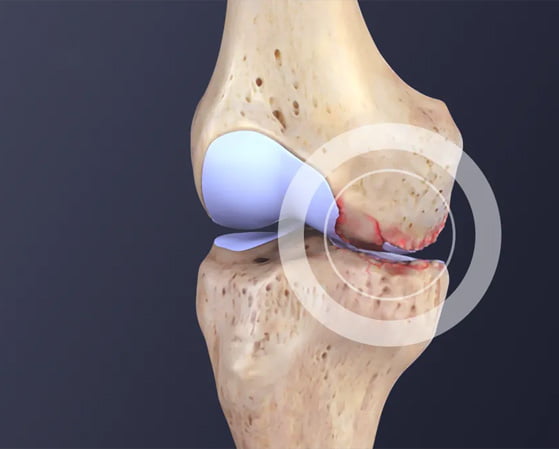Introduction
Early knee arthritis, also known as osteoarthritis, can significantly impact an individual’s quality of life, limiting mobility and causing chronic pain. While traditional treatments like pain medications and physical therapy provide some relief, regenerative therapies such as Platelet-Rich Plasma (PRP) have emerged as promising alternatives. In this blog, we will delve into the mechanism of action of PRP, its ability to repair damaged cartilage, the advantages it offers over surgery, and the clinical results that support its efficacy as a first-line treatment for early knee arthritis.
Mechanism of Action
Platelet-Rich Plasma is derived from the patient’s own blood and contains a high concentration of platelets, which play a crucial role in tissue repair. Platelets contain growth factors, cytokines, and other bioactive molecules that stimulate the body’s natural healing response. When PRP is injected into the knee joint affected by early arthritis, these growth factors activate the repair process, attracting stem cells to the damaged area and promoting the formation of healthy cartilage tissue
Repair of Damaged Cartilage
In early knee arthritis, the protective cartilage that covers the joint surface begins to wear away, leading to pain and inflammation. PRP treatment provides a unique advantage in promoting cartilage repair by stimulating the production of collagen and proteoglycans, the essential components of healthy cartilage. Clinical studies have shown that PRP can enhance the regeneration of cartilage, slowing down the progression of knee arthritis and improving joint function.
Benefits Over Surgery
PRP treatment offers several distinct advantages over surgical interventions for early knee arthritis
Minimally Invasive : PRP injections are minimally invasive, performed on an outpatient basis, and do not require extensive recovery periods like surgical procedures.
Reduced Risk : PRP is derived from the patient’s blood, reducing the risk of adverse reactions or infections associated with foreign substances.
Natural Healing : Unlike surgical interventions that involve removing or replacing tissues, PRP stimulates the body’s natural healing mechanisms for long-lasting relief.
Non-Disruptive : PRP treatment allows patients to maintain their daily activities, while surgical procedures may require temporary limitations on physical movements.
Clinical Results and Efficacy
Numerous clinical studies have demonstrated the efficacy of PRP treatment for early knee arthritis
- A randomized controlled trial published in the American Journal of Sports Medicine showed significant improvements in pain and function scores in patients receiving PRP treatment compared to a control group.
- A study published in the Journal of Arthroscopy reported that PRP injections improved knee function, reduced pain, and demonstrated a positive effect on cartilage regeneration.
- A systematic review published in the Journal of Orthopaedic Surgery and Research concluded that PRP injections are a safe and effective treatment for early knee arthritis, providing better outcomes than placebo injections.
Why PRP Should Be a First-Line Treatment
Considering the promising results and benefits of PRP treatment for early knee arthritis, it should be considered a first-line treatment option. PRP offers a minimally invasive, safe, and natural approach to pain relief and cartilage repair without the risks and extensive recovery associated with surgery. As more research and clinical trials continue to support the efficacy of PRP, it is becoming increasingly recognized as a valuable and cost-effective option for early knee arthritis management.
Conclusion
Platelet-Rich Plasma treatment is a groundbreaking regenerative therapy that holds immense promise for patients with early knee arthritis. Its mechanism of action stimulates cartilage repair and alleviates pain, making it an attractive alternative to surgery. The clinical results support its efficacy as a first-line treatment, offering patients a non-invasive, safe, and natural solution to manage early knee arthritis effectively. At Alleviate Pain Clinic, we provide state-of-the-art PRP treatment, backed by evidence-based practices, to help patients regain their mobility and improve their overall quality of life.
References
- Filardo G, et al. Platelet-Rich Plasma Intra-articular Knee Injections for the Treatment of Degenerative Cartilage Lesions and Osteoarthritis. Am J Sports Med. 2012;40(10):2498-2507.
- Halpern B, et al. Clinical and MRI outcomes after platelet-rich plasma treatment for knee osteoarthritis. J Arthrosc. 2013;29(3): e80.
- Zhang Z, et al. Efficacy of platelet-rich plasma for the treatment of knee osteoarthritis: a meta-analysis of randomized controlled trials. J Orthop Surg Res. 2019;14(1):385.
- American Journal of Sports Medicine
- Journal of Arthroscopy
- Journal of Orthopedic Surgery and Research



